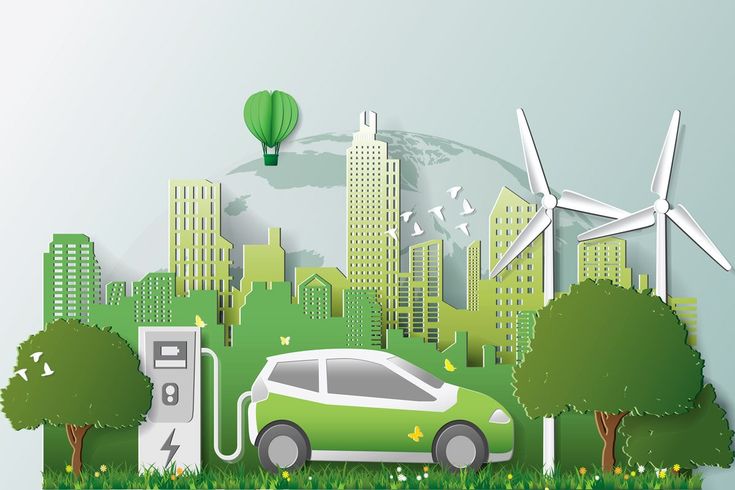The automotive industry is undergoing a major transformation, and Hybrid Electric Vehicles (HEVs) are a big part of this shift. They combine the efficiency of electric motors with the reliability of internal combustion engines, offering better fuel economy, reduced emissions, and a smoother driving experience. But have you ever wondered what technology makes hybrid vehicles possible? Let’s break it down.
1. Dual Power Sources
At the heart of a hybrid car are two power sources:
-
Internal Combustion Engine (ICE): Usually a gasoline engine that provides traditional power.
-
Electric Motor & Battery Pack: Uses electricity to either support or fully power the vehicle at different times.
The seamless switching between these two systems is what makes hybrids efficient and unique.
2. Regenerative Braking System
One of the most innovative technologies in hybrids is regenerative braking.
-
When you press the brakes, instead of wasting energy as heat, the system converts kinetic energy into electricity.
-
This electricity is stored in the battery, giving the vehicle extra charge without plugging it in.
This is why hybrids often perform better in city driving with frequent stops.
3. Battery Technology
The battery pack is the backbone of hybrid technology.
-
Most HEVs use Nickel-Metal Hydride (NiMH) or increasingly Lithium-Ion batteries for higher efficiency and longer life.
-
These batteries are designed to charge and discharge quickly, ensuring smooth energy transfer between the engine and the motor.
4. Power Electronics and Control System
Advanced power electronics act as the “brain” of the hybrid vehicle.
-
They manage the flow of electricity between the motor, generator, and battery.
-
The control system decides when to use the electric motor, when to switch to the engine, and when to combine both for maximum efficiency.
5. Electric Drive Motor and Generator
The electric drive motor provides torque for acceleration and low-speed driving.
-
In some cases, it works together with the engine to deliver extra power (useful for overtaking or climbing hills).
-
The generator recharges the battery by converting engine power into electricity.
6. Transmission System
Most hybrid vehicles use electronically controlled continuously variable transmissions (e-CVTs).
-
They allow smooth gear shifting between power sources.
-
This ensures that the driver feels no noticeable lag when the car switches between electric and fuel modes.
7. Onboard Computer System
An intelligent hybrid control unit (HCU) constantly monitors driving conditions.
-
It determines the most efficient way to balance the engine and motor.
-
This results in optimized fuel efficiency without compromising performance.
Final Thoughts
The technology powering hybrid electric vehicles is a combination of mechanical innovation, electrical engineering, and intelligent software. By blending electric motors with conventional engines, HEVs reduce fuel consumption, cut emissions, and bring us closer to a more sustainable future.

